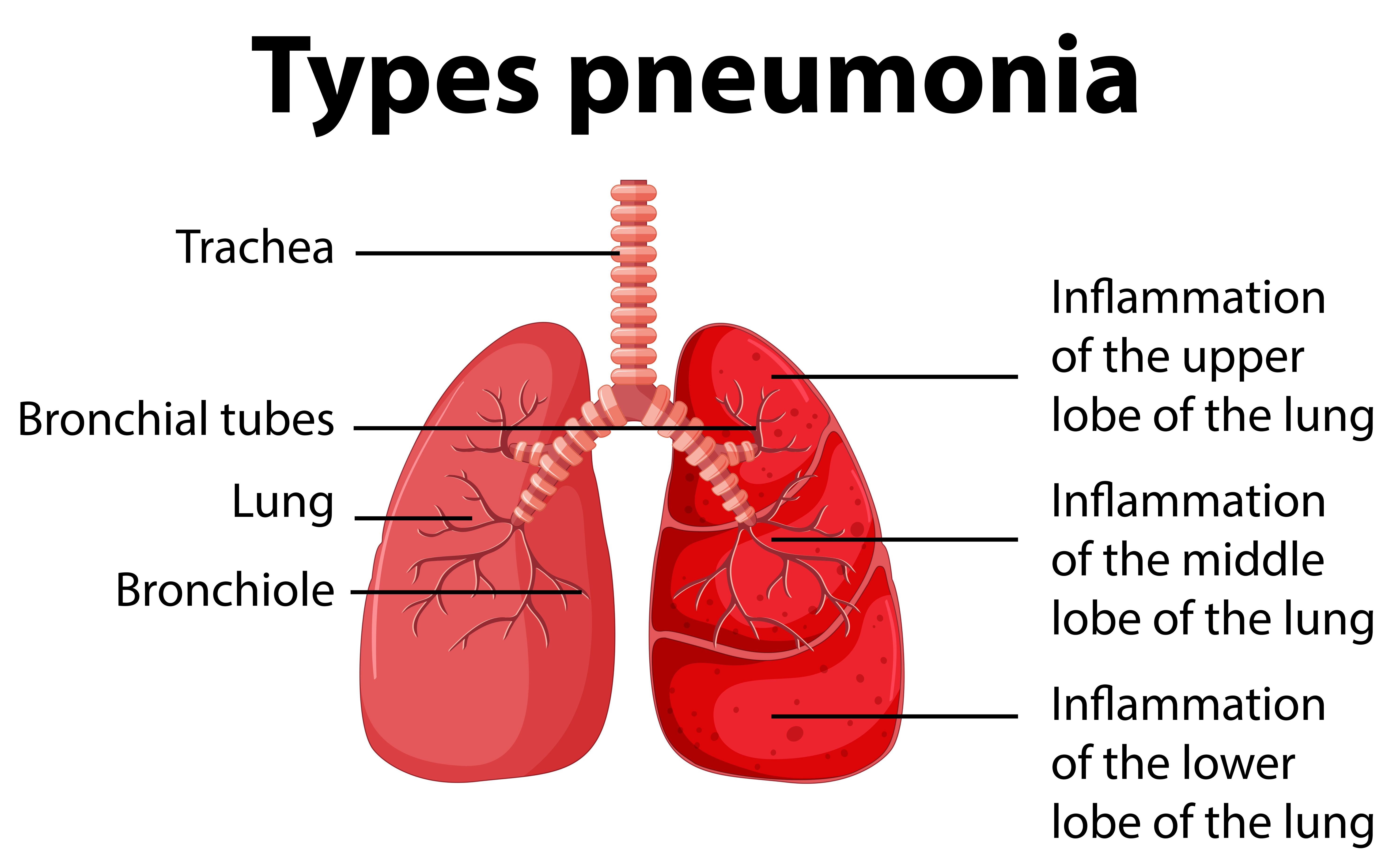

Software evolved in parallel with these changes, and GIS mapping can now be done in your hand, in the field, enabling great savings in time and money. Large mainframe machines gave way very rapidly to desktop, laptop, and now palmtop processing. The technological developments in GIS were accompanied by, and to a large extent enabled by, huge leaps in computer power and development. The costs of these commercial software packages were generally prohibitive and the wider geological community continued to rely on the more readily and cheaply available geo-statistical packages, many of which were available in the public domain. Specialized exploration software, in the late 1970s and 1980s, had many features present in current GIS suites, such as those of Zycor, Z-Map Plus, Strat Works, GeoData Works, Earth Cube, and StratSoft's Statistica.

Multivariate and geo-statistical methods laid the foundations of the geological application of GIS. GIS functionality developed very quickly, with the advanced statistical and 3D analytical modules, which had been considered requirements only of the advanced GIS community, becoming the selling points for desktop GIS.

These have evolved into highly functional desktop systems, which anyone can learn to use, and which are part of a growing, multibillion dollar, worldwide industry. The first GIS systems were pretty cumbersome hardware and software suites, with high-end functionality that required programming skills to operate. The wider geological community has been, until relatively recently, a little sceptical about its operational success in solving complex geological problems. Until the 1980s, GIS was used and developed mainly by the geographical community and generally in government organizations and research institutions. There have been a number of technological advances, including the development of GIS, which have transformed the work of the geoscientist over the last 15–20 years. It is, therefore, a sophisticated but general-purpose tool and one which can be applied in many ways to many problems, and especially so in geosciences. A GIS is a computer-based tool for the mapping and analysis of things that exist on, and events that happen on Earth. Geological phenomena vary in space and time and this basic trait makes geology a particularly suitable application field for Geographical Information Systems (GIS). Mason, in Encyclopedia of Geology, 2005 Introduction Six degrees of separation, for example, is a phenomenon that is demonstrated in social networking.P.J. Social phenomena are those that occur or exist through the actions of groups of humans.

Examples of natural phenomena include gravity, tides, moons, planets, volcanic lightning, starling swarms, ant armies, sandstorms, biological processes and oscillation, and countless other events.


 0 kommentar(er)
0 kommentar(er)
